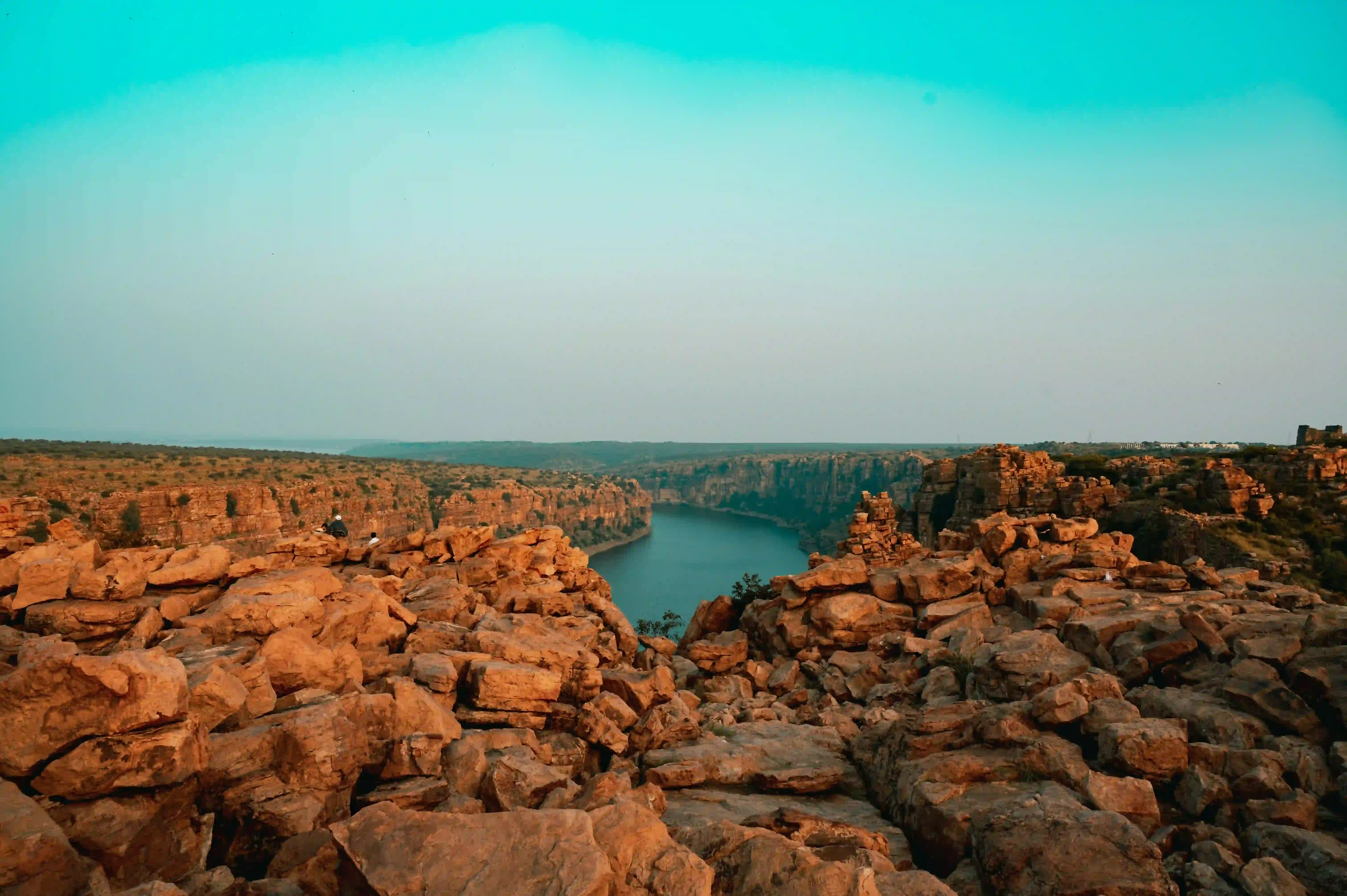Junagarh Fort stands as a remarkable testament to Rajasthan's architectural prowess, distinguished by its unique position on flat terrain rather than the typical hilltop locations of most Rajasthani forts. This architectural marvel, commissioned by Raja Rai Singh in the late 16th century, represents an exceptional example of desert fortification that has withstood the test of time. Originally named Chintamani, the fort later became known as Junagarh when the ruling family relocated to Lalgarh Palace in the early 20th century.
The fort's construction began on February 17, 1589, under the supervision of Karan Chand, the Prime Minister of Raja Rai Singh, and was completed on January 17, 1594. Raja Rai Singh, who held significant influence in Emperor Akbar's court, channeled his wealth and architectural knowledge gained from extensive travels into creating this magnificent structure. The fort complex, spanning 5.28 hectares and enclosed by a 986-meter perimeter wall with 37 bastions, showcases an innovative fusion of Rajput, Mughal, and Gujarati architectural styles.
Throughout its history, Junagarh Fort has demonstrated remarkable resilience against numerous sieges. Its only recorded conquest was a brief occupation by Kamran Mirza, Emperor Babur's second son, in 1534. The fort's establishment marked a pivotal moment in Bikaner's development, as the city gradually expanded around this new power center, superseding the older fort constructed by Rao Bika in 1478. The fort's strategic importance and architectural grandeur made it the cornerstone of Bikaner's growth and prosperity.
The architectural splendor of Junagarh Fort is evident in its masterful use of red Dulmera sandstone, intricate stone carvings, and delicate marble work. The fort complex houses several magnificent palaces, each telling its own story of royal grandeur. The Karan Mahal, built to commemorate a victory over the Mughals, features elaborate stucco designs. The Anup Mahal stands as perhaps the most opulent structure within the fort, adorned with wooden ceilings featuring inlaid mirrors, Italian tiles, and exquisite gold leaf paintings that reflect the wealth and sophistication of Bikaner's rulers.
The Phool Mahal, one of the fort's oldest sections, captivates visitors with its intricate floral motifs, glass inlays, and detailed stucco work. The Chandra Mahal, distinguished by its striking blue tiles and elaborate paintings, provides another glimpse into the artistic refinement of Bikaner's royal heritage. These palaces served not only as royal residences but also as venues for significant diplomatic negotiations, ceremonial events, and cultural gatherings that shaped the region's political and social landscape.
The fort's cultural significance extends beyond its architectural beauty to encompass its role as a repository of religious and artistic heritage. The Har Mandir temple within the fort complex houses sacred Hindu deities and serves as a spiritual center. The fort's museums preserve an extensive collection of artifacts, including ancient manuscripts, royal attire, weapons, and jewelry, offering visitors insight into the luxurious lifestyle of Bikaner's rulers. These collections also showcase the region's artistic traditions, from miniature paintings to intricate textile work, highlighting Bikaner's significant contributions to Rajasthan's cultural heritage.
Modern-day Junagarh Fort continues to captivate visitors while adapting to contemporary needs through careful preservation efforts. The fort hosts cultural events and educational programs, serving as a living museum that bridges past and present. Guided tours bring its fascinating history to life, allowing visitors to explore its labyrinthine corridors and marvel at panoramic views from its bastions. The fort's enduring appeal has made it a popular location for film shoots and cultural performances, ensuring its relevance in modern times while preserving its historical significance.
The fort's walls harbor countless tales of valor, romance, and intrigue that have been passed down through generations. Local legends speak of hidden treasures within the fort's premises, supposedly protected by supernatural forces, adding an element of mystery to its documented history. These stories, combined with the fort's architectural grandeur and historical significance, continue to draw visitors from around the world, making Junagarh Fort a testament to Rajasthan's enduring cultural legacy and architectural excellence.









